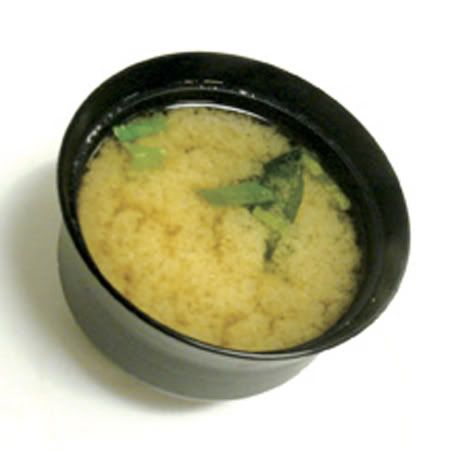Taken from How to Brew:
I believe it is not disputable that the 'hot break' is the point at which constant form formation ceases. What I'm unclear about is how that/which that occurs. According to Palmer, in the above snippet from his book, the proteins coagulate together and fall out of solution in big clumps during the boil. I'm a little leery of this as in order to coagulate in the first place, the proteins must denature. As we all should know, protein denaturing occurs when they are heated up, so why, if the proteins are heated up and breaking their internal bonds and unfolding, would they then stick together with other proteins that have done exactly the same thing? The bonds between those proteins would be the same bonds that allow the protein to fold into it's desired shape in the first place, which has quite obviously been disrupted by heat from the boil. I can't imagine the proteins would be able to form enough bonds between them to form clumps big enough to sink to the very bottom of the kettle where is will be the hottest of all and remain there.
It would make more sense to me that the proteins, as the wort is heat to boiling temp, are beginning to denature and as they do so find other partially denatured proteins and stick together in long chains, which is what causes the foam to occur. Once they boil temp is reached, the proteins would no longer be bale hold on to each other and be (nearly) completely denatured and just rolling around in the wort unable to bind to anything, which causes the foam to go away. Then, once you're done boiling and begin to chill the proteins would start to refold, but since you're cooling rapidly, they end up sticking together and then they form big clumps and drop out to the bottom of the kettle.
The only way I can see Palmer's statement being true is if there is something else binding to the denature proteins in the wort that is strong enough to resist the heat of the boil...
The foam is caused by proteins in the wort that coagulate due to the rolling action of the boil. The wort will continue to foam until the protein clumps get heavy enough to sink back into the pot. You will see particles floating around in the wort. It may look like Egg Drop Soup.
I believe it is not disputable that the 'hot break' is the point at which constant form formation ceases. What I'm unclear about is how that/which that occurs. According to Palmer, in the above snippet from his book, the proteins coagulate together and fall out of solution in big clumps during the boil. I'm a little leery of this as in order to coagulate in the first place, the proteins must denature. As we all should know, protein denaturing occurs when they are heated up, so why, if the proteins are heated up and breaking their internal bonds and unfolding, would they then stick together with other proteins that have done exactly the same thing? The bonds between those proteins would be the same bonds that allow the protein to fold into it's desired shape in the first place, which has quite obviously been disrupted by heat from the boil. I can't imagine the proteins would be able to form enough bonds between them to form clumps big enough to sink to the very bottom of the kettle where is will be the hottest of all and remain there.
It would make more sense to me that the proteins, as the wort is heat to boiling temp, are beginning to denature and as they do so find other partially denatured proteins and stick together in long chains, which is what causes the foam to occur. Once they boil temp is reached, the proteins would no longer be bale hold on to each other and be (nearly) completely denatured and just rolling around in the wort unable to bind to anything, which causes the foam to go away. Then, once you're done boiling and begin to chill the proteins would start to refold, but since you're cooling rapidly, they end up sticking together and then they form big clumps and drop out to the bottom of the kettle.
The only way I can see Palmer's statement being true is if there is something else binding to the denature proteins in the wort that is strong enough to resist the heat of the boil...








![Craft A Brew - Safale BE-256 Yeast - Fermentis - Belgian Ale Dry Yeast - For Belgian & Strong Ales - Ingredients for Home Brewing - Beer Making Supplies - [3 Pack]](https://m.media-amazon.com/images/I/51bcKEwQmWL._SL500_.jpg)

















































